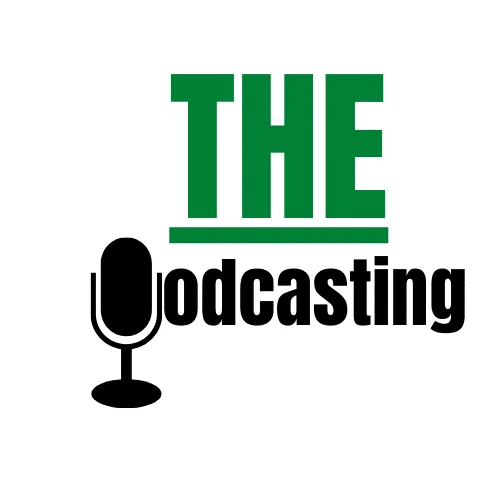Podcasting has become a powerful medium for sharing ideas, stories, and expertise. But even the best content can go unnoticed without proper promotion. With more than 2 million podcasts and over 48 million episodes available today, competition is fierce. To stand out in this ever-expanding space, podcast creators must employ strategic marketing efforts.
In this comprehensive guide, we’ll explore top strategies to promote your podcast. These methods will not only help you attract more listeners but also establish a loyal fanbase. From SEO optimization and social media marketing to leveraging podcast directories, we’ll cover everything you need to know to skyrocket your podcast’s visibility.
1. Optimize Your Podcast for SEO
Search Engine Optimization (SEO) is the foundation of any successful online promotion effort, and podcasting is no exception. By optimizing your podcast for search engines, you can ensure that your show appears in search results when potential listeners are looking for relevant content.
A. Choosing SEO-Friendly Titles
- Make sure your podcast titles are descriptive and concise. Avoid vague titles that don’t explain the content of the episode.
- Include keywords that potential listeners might search for. For instance, if you run a finance podcast, an episode titled “How to Manage Your 401(k) Effectively” is better than “Investment Tips.”
B. Writing Compelling Descriptions
- Use your podcast episode description to summarize the key points discussed.
- Include long-tail keywords and phrases naturally throughout the description.
- Example: For an episode on “Healthy Eating Habits,” a good description could be:“In this episode, we dive deep into healthy eating habits that are easy to follow. Learn how to incorporate nutrient-dense foods, balance your diet, and stick to these habits for long-term well-being. This episode is packed with actionable tips that will help you transform your relationship with food.”
C. Using Keywords in Episode Titles
- Your episode title is critical for both SEO and click-through rates. Incorporate primary keywords related to the episode’s content.Example:
- Poor Title: “Healthy Diets”
- SEO-Optimized Title: “Top 10 Healthy Eating Habits to Lose Weight Naturally in 2024”
Pro Tip: Include episode numbers in your titles (e.g., Ep. 12: How to Build Wealth), as it gives structure and credibility to your podcast archive.
2. Leverage Podcast Directories
Podcast directories are essential for distributing your podcast to a wider audience. These platforms provide excellent exposure and help new listeners discover your show.
A. Apple Podcasts
Apple Podcasts is the largest podcast directory, responsible for a significant portion of podcast listens. Ensure your podcast is:
- Properly categorized so it appears in relevant search results.
- Optimized with artwork, titles, and descriptions to capture attention.
B. Spotify
Spotify is growing rapidly in the podcast space. It’s especially popular with younger audiences. To promote your podcast here:
- Use Spotify’s podcast analytics to tailor content for your listeners.
- Promote your podcast within Spotify by sharing playlists that include your episodes.
C. Google Podcasts
Google Podcasts benefits from integration with Google Search. To maximize visibility:
- Use schema markup on your website for Google to display your podcast episodes directly in search results.
D. Other Directories
- Stitcher
- TuneIn
- iHeartRadio
- Overcast
Each of these directories has its own audience and can significantly boost your reach.
3. Social Media Marketing for Podcasts
Social media platforms are a powerful tool for promoting your podcast. With billions of active users, you can tap into potential audiences that are just waiting to discover your content.
Collaboration is one of the fastest ways to grow your podcast’s audience. By tapping into other podcasters’ existing fanbases, you can introduce your show to new listeners.
Building an email list of loyal listeners is a powerful way to engage your audience directly. Unlike social media, you own your email list and can send updates whenever you have new content.



